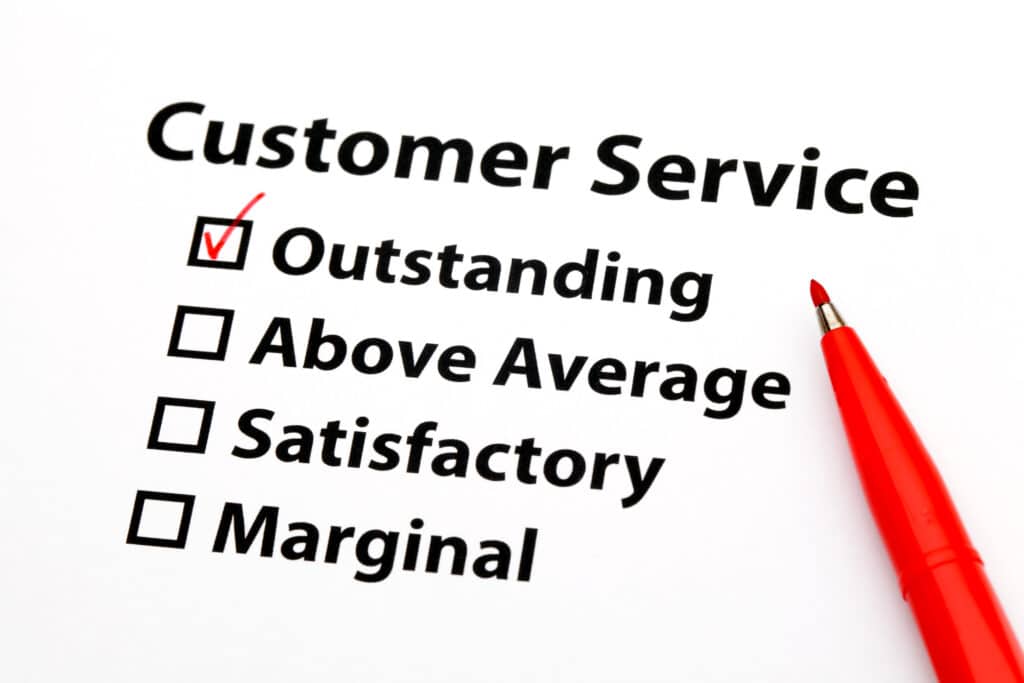In the ever-evolving digital landscape, Information Technology (IT) has become the backbone of virtually every business. It forms the critical infrastructure that facilitates business operations, promotes growth, and ensures sustainability. However, the role of IT goes beyond mere problem-solving; it’s about caring for customers, understanding their needs, and aligning the technological strategy with the broader business objectives.
Often, the distinction between an IT department that simply resolves issues and one that genuinely cares about its customers can be the difference between a company merely surviving and one that thrives in the market.
Reactive IT: Fixing Problems As They Arise
In many organizations, the IT department is perceived primarily as a problem-solving entity – a necessary evil that steps in when things go wrong. This reactive approach to IT sees technicians acting as firefighters, tackling issues as they arise, often under high-stress conditions with the primary aim of bringing systems back online as quickly as possible.
While such an approach is necessary to handle emergencies, if it forms the primary function of IT, it can result in a constant state of ‘catch up’, impacting business operations, causing downtime, and affecting customer satisfaction.
Proactive IT: A Customer-Centric Approach
On the other hand, proactive IT is a customer-centric approach that anticipates potential problems, implements preventative measures, and aligns technology with business goals. It’s about understanding the customer’s needs, both internal and external, and tailoring solutions to meet and exceed those expectations.
Instead of waiting for issues to occur, proactive IT invests in robust systems, routine maintenance, and regular updates to prevent problems from occurring in the first place. This approach not only saves businesses from costly downtime but also ensures a smoother, more reliable experience for the end users – the customers.

Impacts on Business Success, Growth, and Reliability
Business Success: Proactive IT departments contribute significantly to business success. By aligning technology strategy with business objectives, they help optimize operations, improve efficiency, and enhance customer experience. This alignment creates a cohesive, customer-centric approach that resonates with consumers and drives business growth.
Growth: A proactive IT strategy involves staying abreast of the latest technology trends and leveraging them to drive growth. By implementing scalable solutions, IT can ensure the business is ready to grow when opportunities arise. The agility and scalability provided by a proactive IT approach enable businesses to seize opportunities quickly and effectively.
Reliability: With a proactive IT strategy, businesses can deliver a more reliable service to their customers. Regular maintenance, updates, and proactive problem-solving reduce downtime and ensure that services are consistently available. This reliability strengthens customer trust and loyalty, which are crucial for long-term success.
As we navigate an increasingly digital world, the importance of a proactive, customer-centric IT approach cannot be overstated. It’s not just about fixing problems; it’s about preventing them, understanding customer needs, and aligning technology with business goals. This approach drives success, promotes growth, and ensures reliability, making IT an invaluable asset for any modern business.
So, the next time you evaluate your IT strategy, remember: Don’t just fix problems, anticipate them; don’t just meet customer expectations, exceed them. Because in the end, an IT department that truly cares about its customers is the one that drives a business forward.

